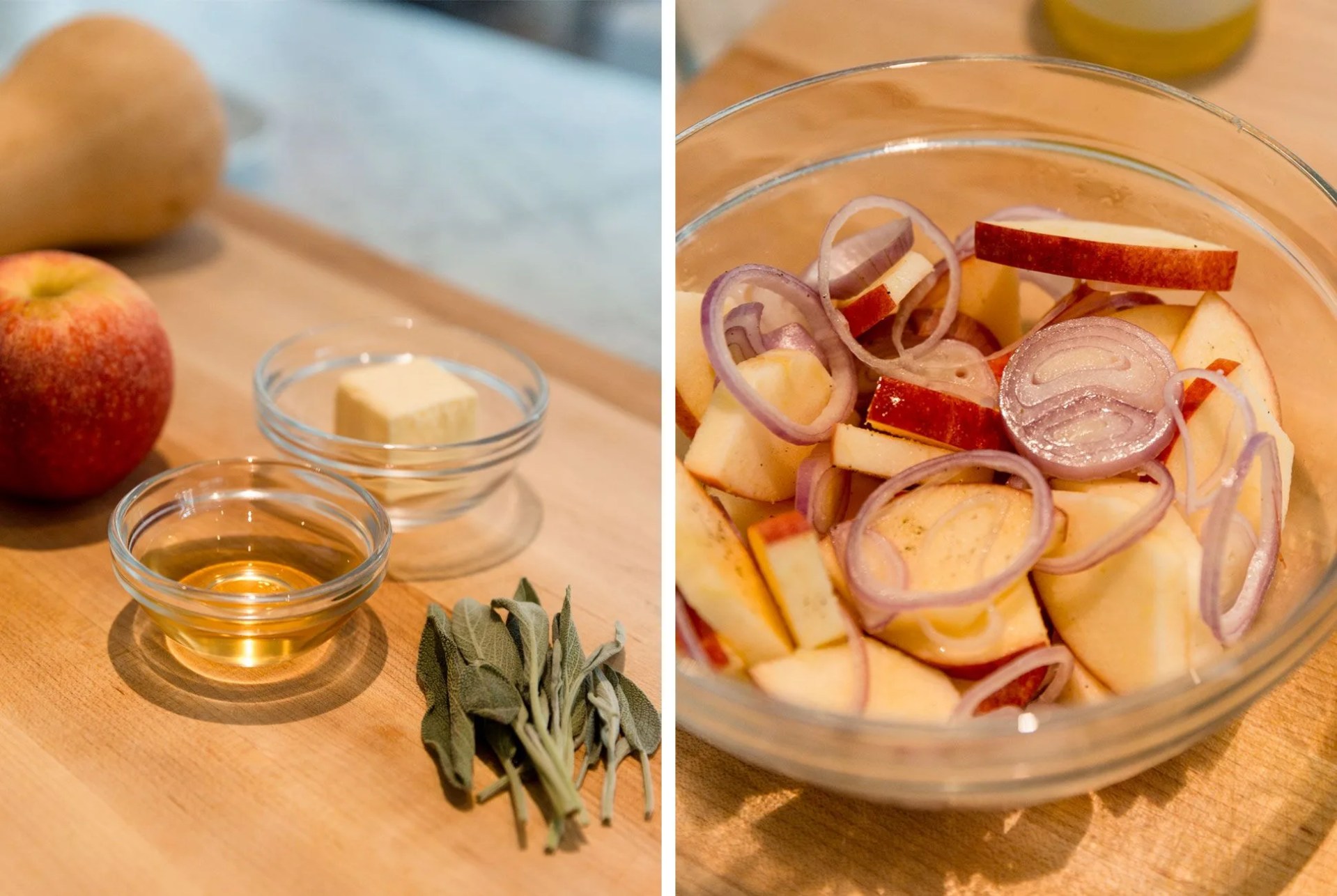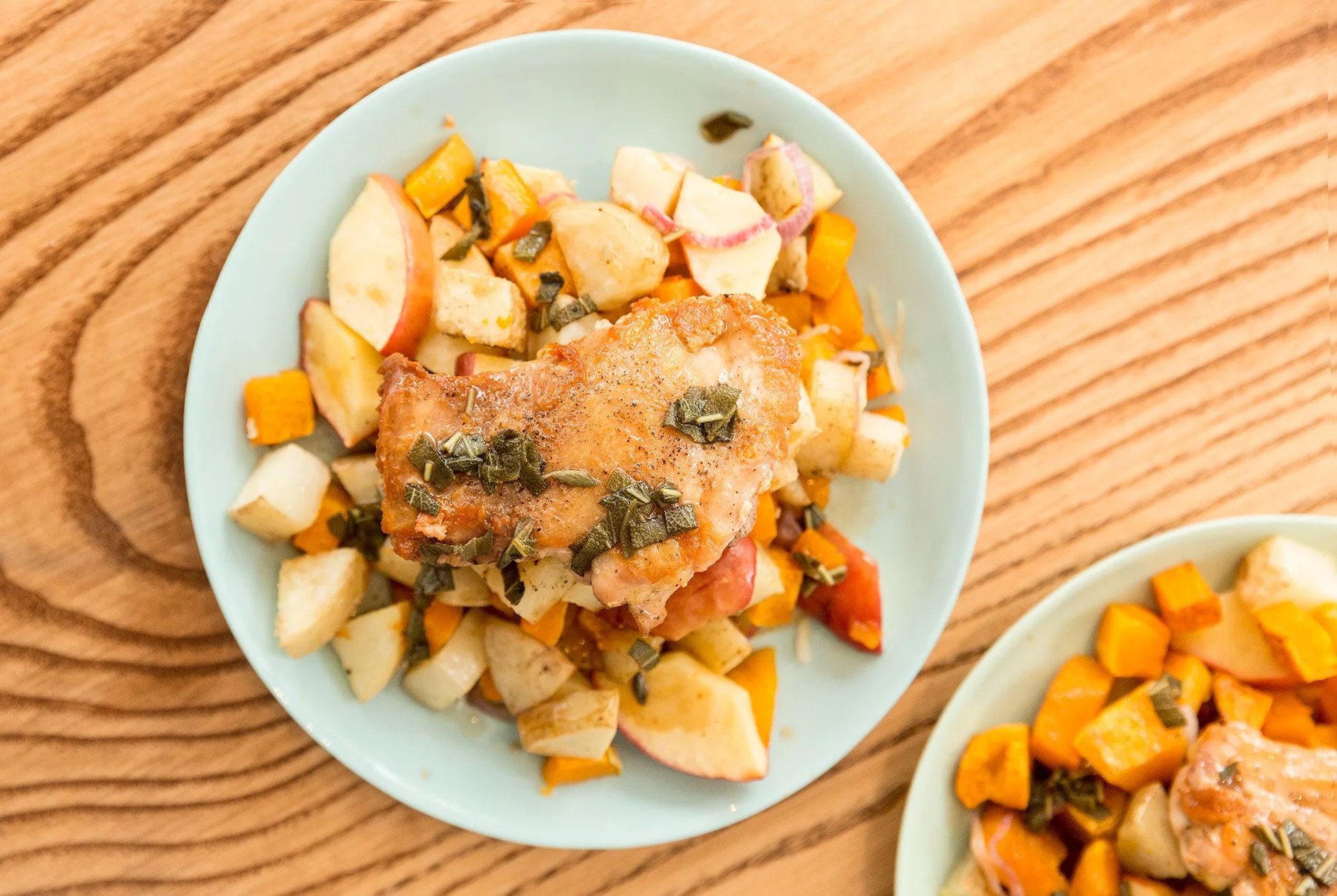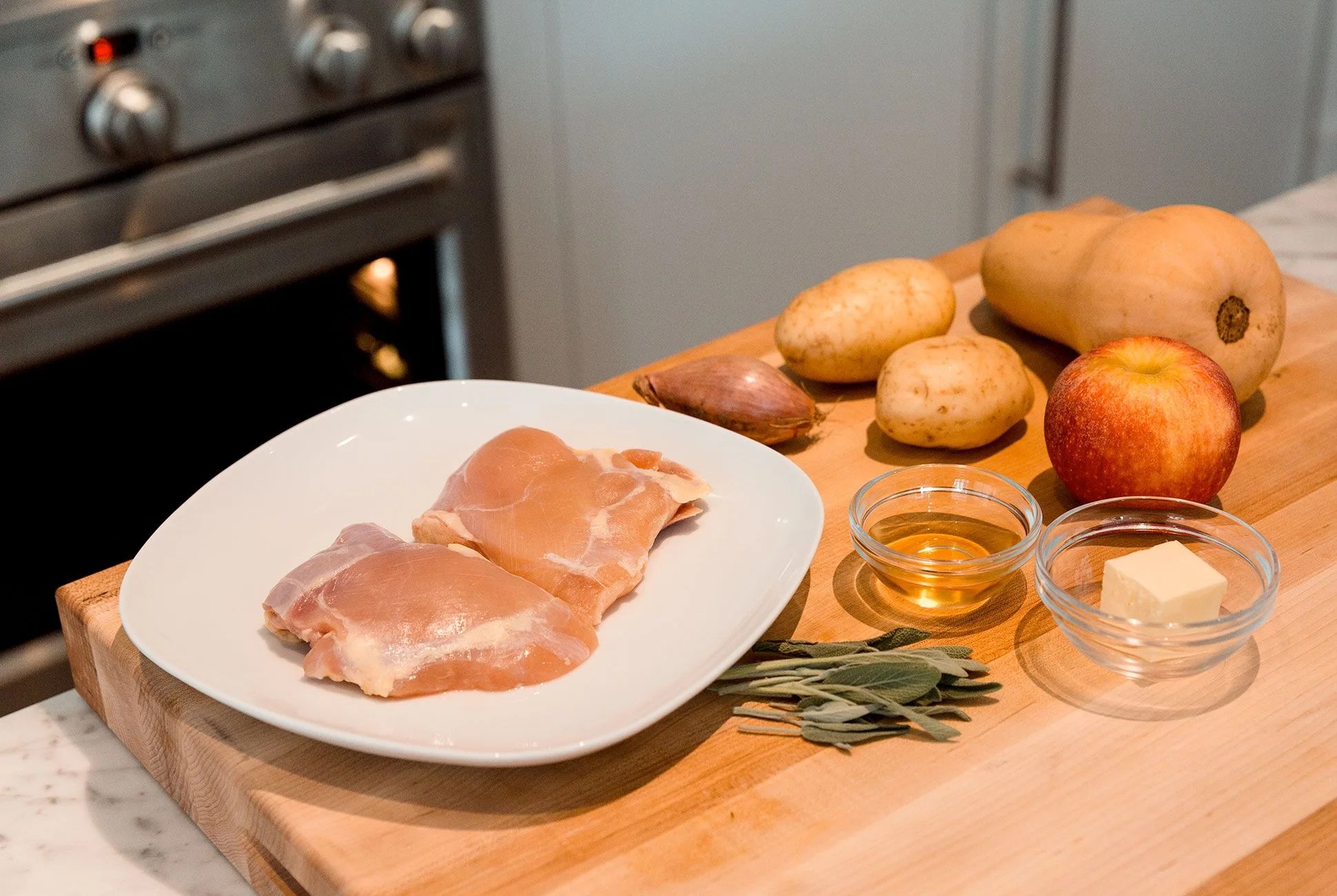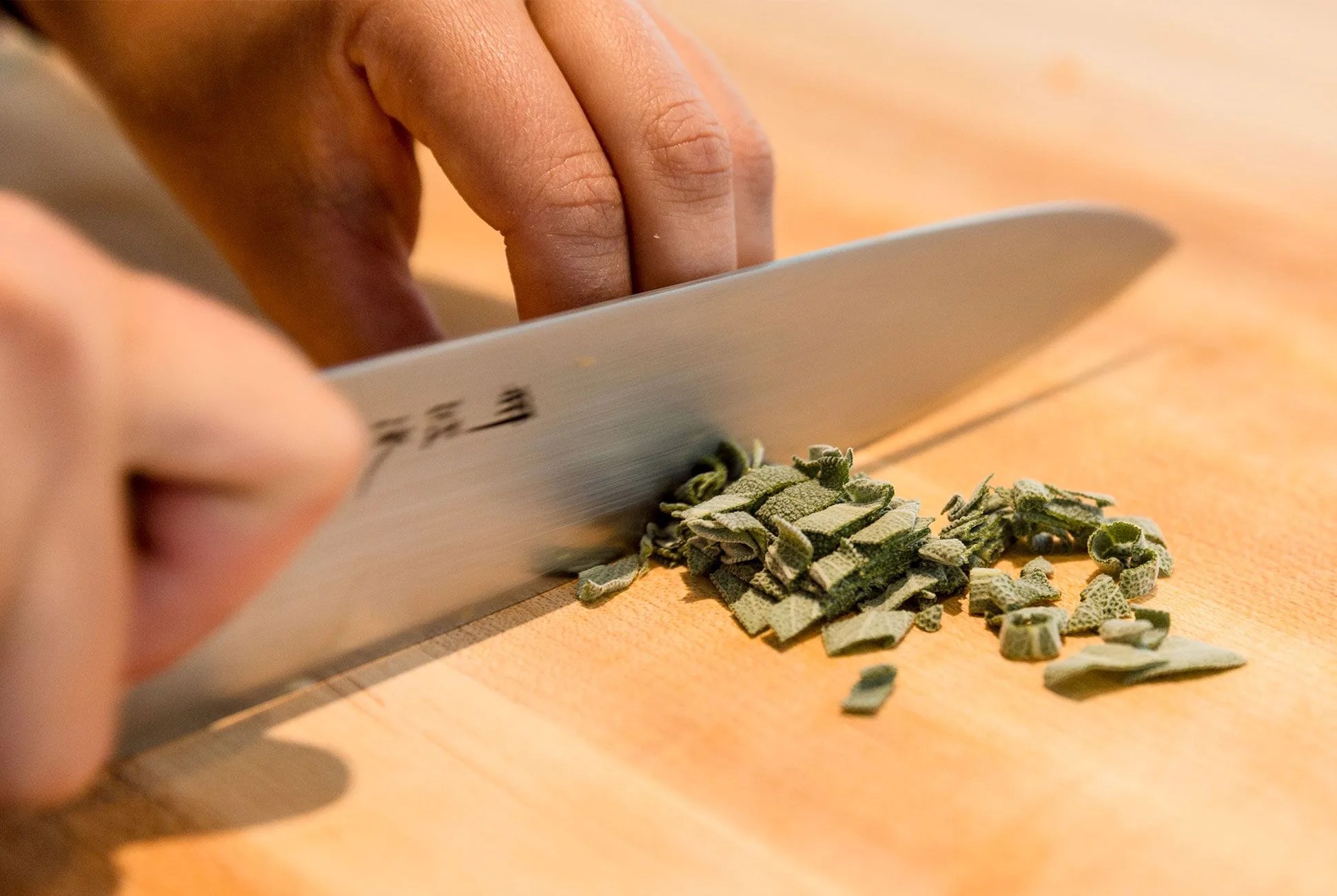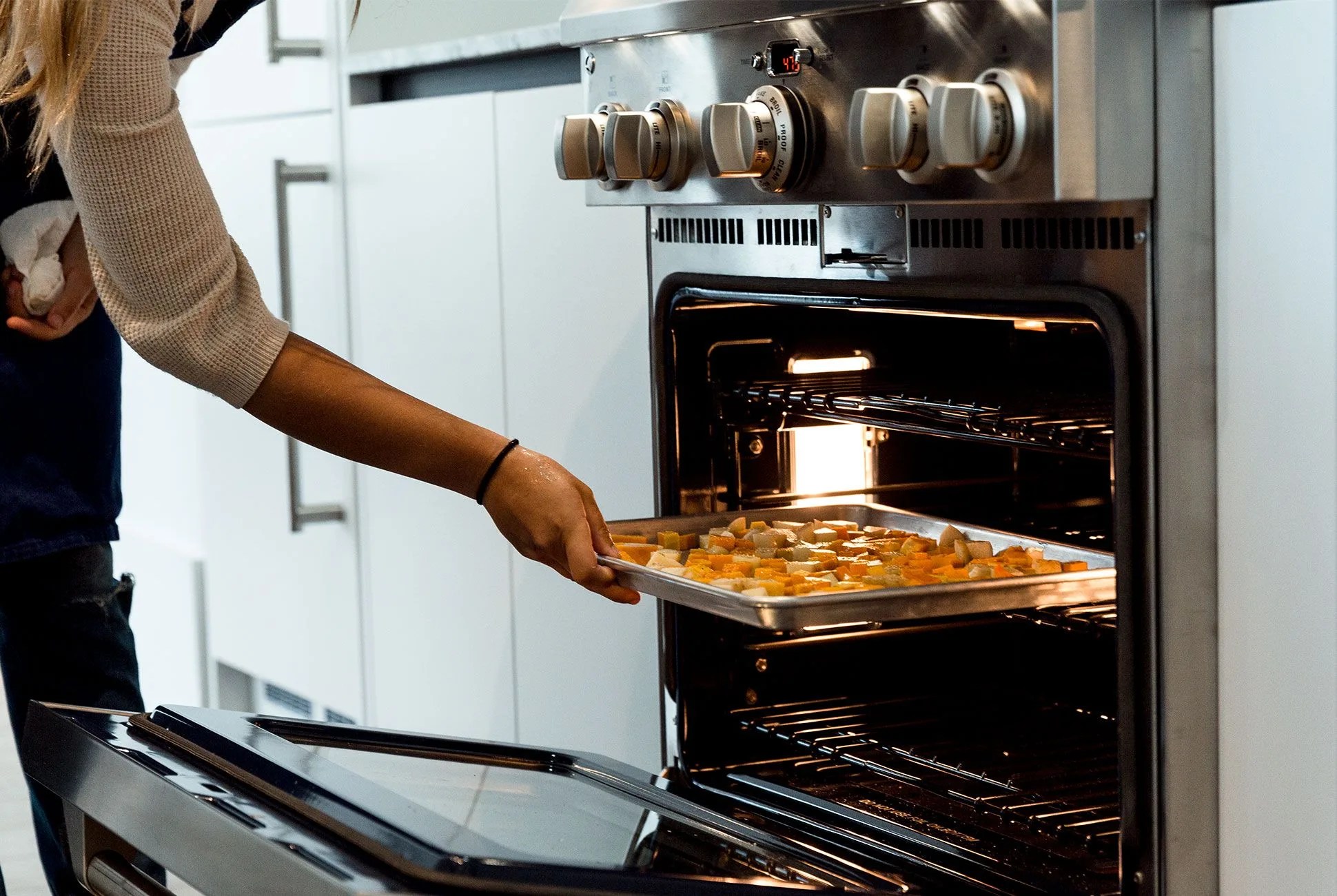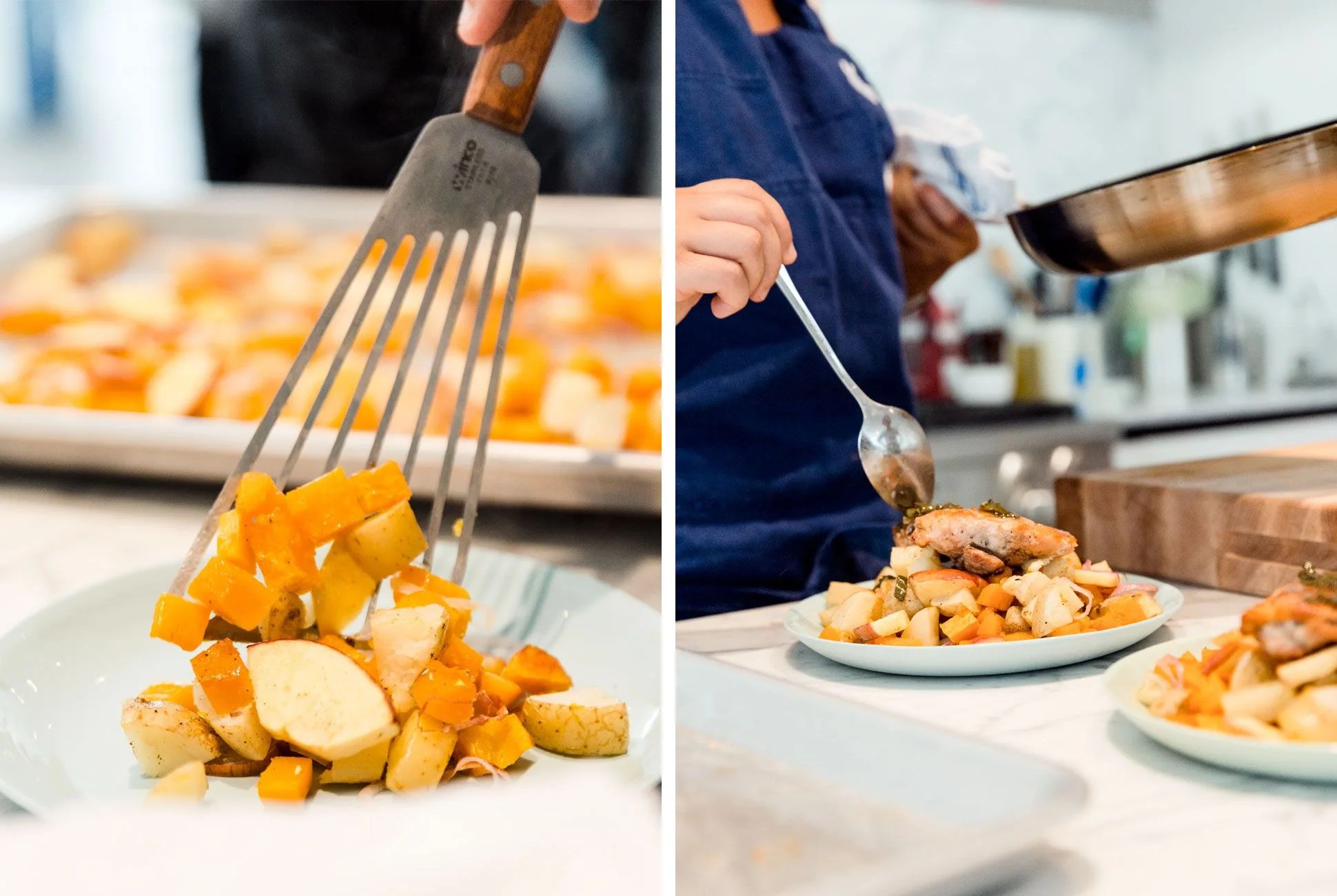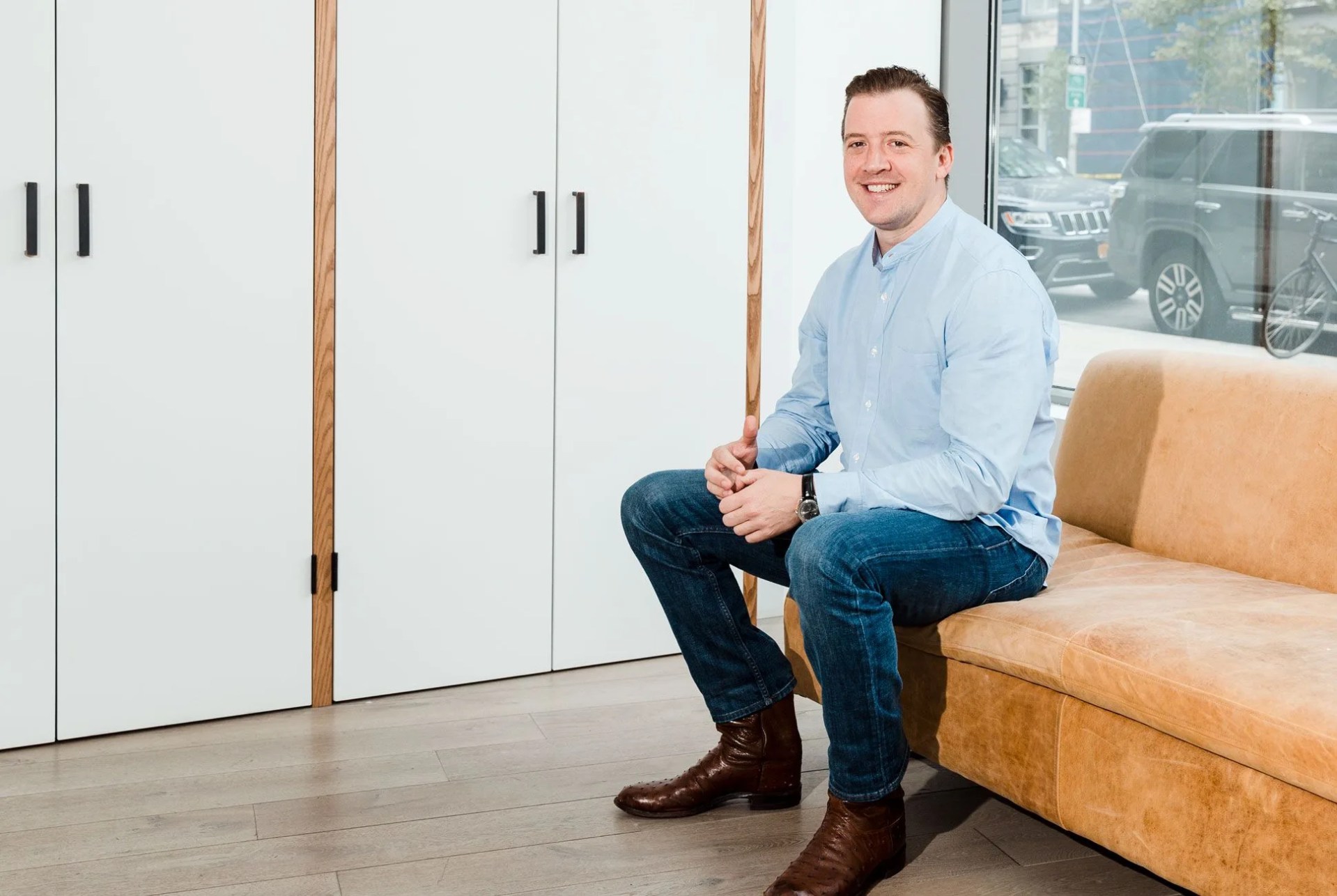Q: What do you take into account in the development stage? Who is the customer?
Senior Director of Culinary Chris Sorensen in the new Blue Apron HQ.
Q: How do you source the ingredients?
Q: Do the recipes change geographically?
Q: At the end of the day, what’s your hope for Blue Apron?

